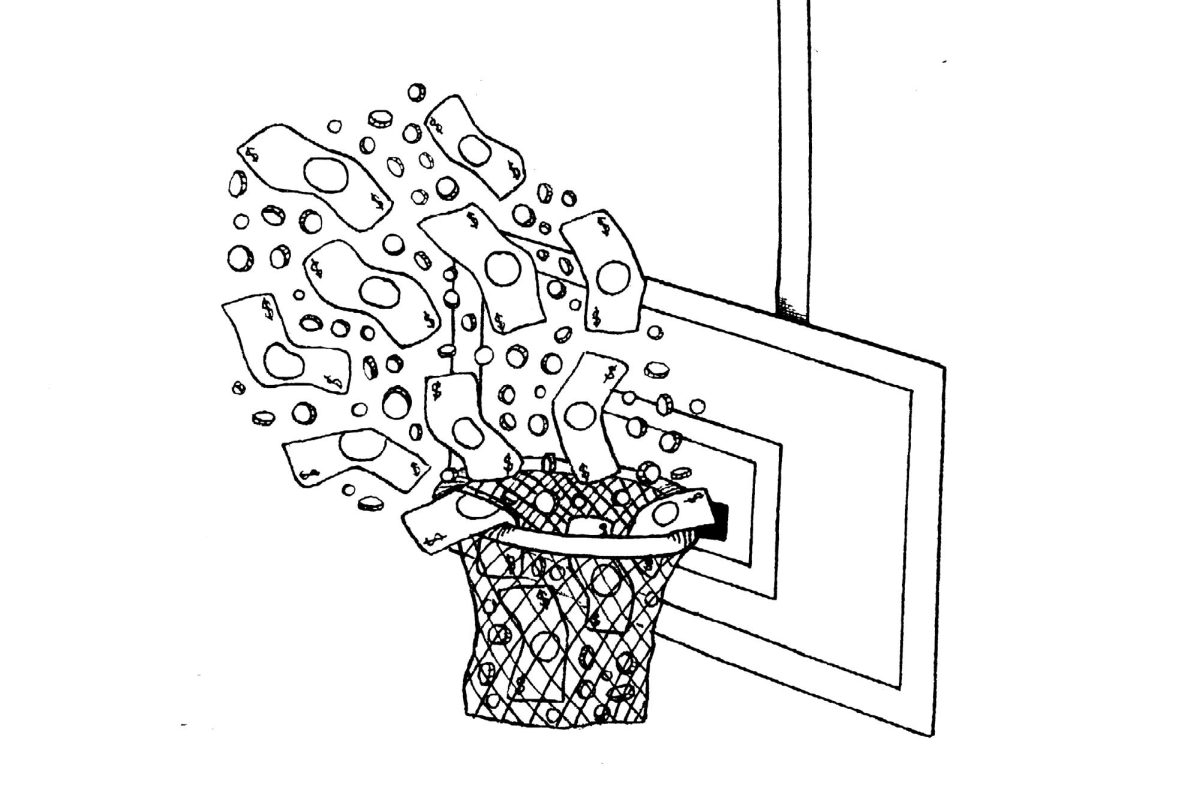The coronavirus came back with a bang in this week’s news. GW reinstated its indoor mask mandate the day after D.C. did the same, amid a surge in COVID-19 cases driven by the Delta variant. But despite the ominous news about rising case numbers and the specter of new restrictions, the quasi-apocalyptic world we were living in a year ago is still firmly a thing of the past. With campus slated to be almost universally vaccinated, the risk to students’ physical health is nothing compared to what it was.
For the final time until winter break, here’s the best and worst from this week’s headlines:
Thumbs up:
After a week of bad headlines about the pandemic, it’s important to keep in mind that vaccines changed the game. The entirety of the public health community is practically shouting from the rooftops that the risk is far lower for vaccinated people than unvaccinated people. Yes, vaccinated people can still contract COVID-19 via a breakthrough coronavirus infection. But less than one percent of fully vaccinated people have experienced a breakthrough infection, according to the Kaiser Family Foundation. Of the few who have, the overwhelming majority have experienced mild cold- or flu-like symptoms.
None of this is to say that the Delta variant isn’t serious even for people who have had the shot. Public health experts including Dr. Anthony Fauci and Centers for Disease Control and Prevention Director Dr. Rochelle Walensky have pointed out that vaccinated people can likely spread the Delta variant easily, even if they are asymptomatic. But this is a world away from March 2020.
This is all also a huge validation of the University’s decision to impose a vaccine mandate for all students, faculty and staff. GW was ahead of the curve on that policy, which has since been adopted by dozens of universities around the country. Only one percent of students received an exemption from the mandate, which means the vast majority of the student body will be fully vaccinated by the time classes start again. That is a rate that far outstrips D.C.’s 66 percent population coverage – which in and of itself is high.
Thumbs down:
Last week, administrators reinstated the requirement that face coverings be worn in all University buildings, following a similar city-wide indoor mask mandate from Mayor Muriel Bowser the day before. These restrictions come amid a worrisome increase in COVID-19 cases and hospitalizations in D.C. and across the country, as the highly contagious Delta variant and plodding vaccination rates deal a one-two punch to the overall effort to fight the pandemic.
This is not catastrophic news for students, but it is certainly an unwelcome sign. Nobody wants to have to wear masks in class less than four weeks from now, and nobody wants to constantly be reminded of the pandemic that disrupted more than a year of college. It’s more than just bemoaning the end of so-called “hot vax summer” – wondering whether or not we’re hurtling toward another full-blown pandemic semester has a real psychological toll that should not be taken lightly. Students have every right to feel concerned.
Misinformation has also abounded – headlines have failed to tell the complete story about breakthrough infections, and social media has become a minefield of nihilistic hot takes from people playing armchair epidemiologist. This should be a reminder for all of us to think twice before reposting an infographic or launching a half-baked thought into the ether – information should be shared responsibly and in its entirety.
Andrew Sugrue, a senior majoring in political communication and political science, is the opinions editor.


